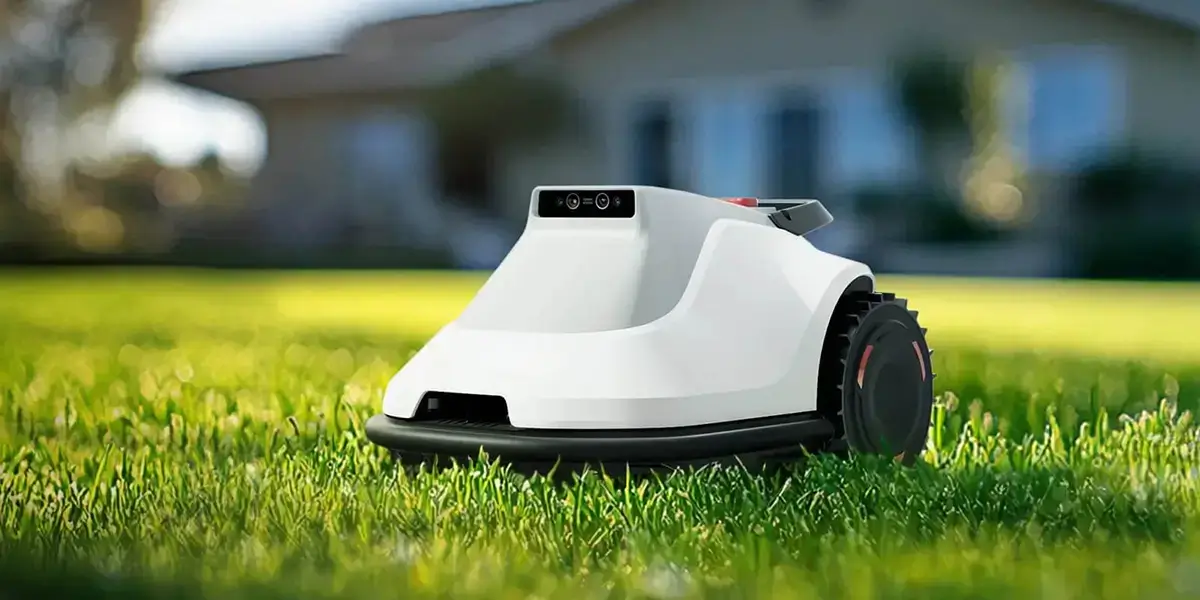part 1:
Unlocking Precision and Power: The Versatility of Right Angle Gearhead Motors
In the ever-evolving landscape of industrial machinery and automation, the quest for compact, reliable, and efficient power transmission solutions has never been more critical. Among the numerous components fueling modern machinery, the right angle gearhead motor stands out as a true game-changer. Combining ingenuity with practicality, these motors deliver robust torque, precise control, and space-saving design—making them essential in a variety of demanding applications.

What is a Right Angle Gearhead Motor?
At its core, a right angle gearhead motor is a device that couples a standard electric motor with a gear reducer positioned at a 90-degree angle. This configuration allows the motor's rotational power to be redirected horizontally or vertically, depending on the machine's design needs. The gearhead acts as an intermediary, reducing the motor's speed while increasing torque—tailoring the output to specific operational requirements.
Think of it as a carefully choreographed dance between speed and force. The motor supplies rapid rotational motion, while the gearhead slows it down, providing a powerful, controlled, and precisely directed movement. The right angle geometry is especially advantageous when machinery design constraints prevent straightforward linear motor placement.
Design and Construction
The construction of a right angle gearhead motor involves meticulous engineering to ensure durability and smooth operation. Typically, the housing is made from high-strength aluminum or steel to withstand mechanical stresses and environmental factors. Inside, a series of gear trains—spiral bevel gears, worm gears, or planetary gears—enable the 90-degree transfer of power.
Spiral bevel gears are a popular choice due to their efficiency and quiet operation. Worm gears, meanwhile, are prized for their high torque capacity and excellent self-locking features, though they may generate more heat and require lubrication. Planetary gear systems are also common, offering high gear ratios in compact sizes and smooth torque transmission.
The motor itself can be a variety of types—AC, DC, servo, or stepper—depending on the application. The gearhead's size and gear ratios are customizable, ensuring that the system can be fine-tuned for maximum performance.
Advantages of Right Angle Gearhead Motors
One of the primary benefits of these motors lies in their space-saving design. In tight spaces where a straight-line drive isn't feasible, mounting a right angle gearhead motor allows engineers to optimize layout without sacrificing power or precision.
Additionally, they provide high torque output relative to their size—a critical feature in robotics, material handling, and automation systems that demand reliable force transmission within compact footprints. Their ability to efficiently transfer power at an angle also reduces the number of components needed, simplifying system design and maintenance.
Moreover, the gearhead's architecture affords precise control and repeatability, making them invaluable in applications such as CNC machines, packaging equipment, and medical devices. Their durability and robustness enable long service life, even under rigorous working conditions.
Typical Applications Across Industries
The versatility of right angle gearhead motors can be seen across a broad spectrum of industries:
Robotics: Facilitating joint movement and end-effector positioning in robotic arms, especially where space constraints limit traditional drive solutions.
Automation Equipment: Powering conveyor belts, pick-and-place machines, and packaging lines with reliable torque and fast response times.
Medical Devices: Enabling precise movements in imaging equipment, surgical robots, and laboratory automation systems.
Aerospace and Defense: Providing high-performance actuation in satellite positioning, camera gimbals, and missile guidance systems.
Manufacturing: Driving automated assembly lines, CNC machinery, and inspection systems with high accuracy and repeatability.
These applications highlight the importance of selecting the right gear ratios and configurations to meet specific operational parameters. Advances in materials, lubrication, and gear design continually improve the efficiency, noise levels, and lifespan of these motors.
The Future of Right Angle Gearhead Motors
With technological innovation pushing the boundaries of what's possible, the future of right angle gearhead motors looks promising. Developments in miniature high-efficiency gears, smart sensors, and IoT integration are giving rise to "smart" gearhead motors capable of real-time performance monitoring and predictive maintenance.
Furthermore, the push toward greener, more energy-efficient machinery underscores the importance of lightweight materials and low-friction gear systems in these motors. As automation continues to accelerate, the demand for compact, reliable, and high-power solutions like right angle gearhead motors will only intensify.
In the upcoming second part, we'll delve into the specific types of right angle gearhead motors, detailed selection guidelines for various applications, and insights into maintenance and troubleshooting to maximize their lifespan and performance.
Leveraging innovations in modular drive technology, Kpower integrates high-performance motors, precision reducers, and multi-protocol control systems to provide efficient and customized smart drive system solutions.




































